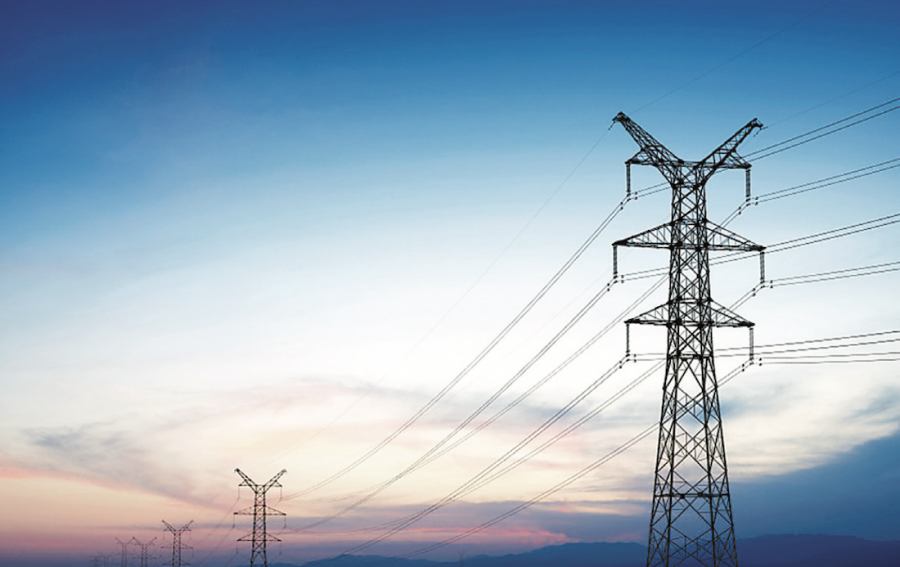National
Nepal seeks to buy extra 90MW power from Bihar to increase supply to Birgunj factories
Industrialists complain about hours-long undeclared outages, which are affecting operations in one of the country’s largest industrial belts.
Prithvi Man Shrestha
Nepal Electricity Authority (NEA) says that it has requested the Bihar state government of India to provide an extra 90 megawatts of electricity as the drop in domestic production has led to an energy deficit in the country.
The peak power demand in Nepal stood at 1,683MW on Friday. But domestic output has dropped to 800MW, the power monopoly said.
Nepal’s total installed capacity at its operating power projects is more than 2,200MW, but given that most are of run-of-the-river type, they produce less than 40 percent of their rated capacity during the dry season spanning from December to April.
As a result, the NEA has been cutting power for hours to the factories in the Bara-Parsa industrial corridor for more than a month.
Currently, the NEA has been importing 90MW electricity from Bihar through Raxaul and Ramnagar areas that is being supplied to consumers in areas in and around Birgunj, including factories on the industrial corridor.
On the other hand, the low-capacity domestic transmission line is also making it difficult to take power imported through the Dhalkebar-Muzaffarpur transmission line to Birgunj and beyond, according to the NEA.
“We have sent a request to the Bihar government for supply of an additional 90MW electricity,” said Suresh Bhattarai, spokesperson for the NEA. “The state government has agreed to supply it, but it is a challenging task to bring it through the existing single circuit cross-border line.”
Bhattarai said that as per the NEA’s request, the Bihar state government has been working to improve the capacity of the cross-border line with necessary technical adjustments so it can carry more power.
There are a dozen cross-border transmission lines between Nepal and India of 33kV, 132kV and 400kV capacities, according to the Ministry of Energy.
Only the Dhalkebar-Muzaffarpur Cross Border Transmission Line has 400kV capacity, which can transport around 1,000MW. Other 11 cross-border transmission lines can transport just between 5MW and 125MW power, according to a white paper on energy issued by the ministry in May 2018.
Nepal and India are scheduled to discuss upgrading the existing low-voltage cross-border lines during the meeting of the joint secretary-level Joint Working Group and the secretary-level Joint Steering Committee, both scheduled to be held in India in late February.
Nepal has a power exchange mechanism with Bihar. Under this mechanism, the two countries can buy power from each other as needed. The price has been fixed at IRs6.18 per unit for taking power through the 132kV transmission line and IRs6.65 for buying electricity through the 33kV transmission line.
In March last year, India refused to provide power to Nepal during the night time when the southern neighbour itself was facing a power crisis created by a coal shortage amid the Russian invasion of Ukraine.
Amid the short supply of power from within the country, the NEA has been slashing supply in the Birgunj region on a daily basis.
Subodh Kumar Gupta, president of Birgunj Chambers of Commerce and Industry, said that the NEA has been cutting power in the range of 7–8 hours a day for the industries located in Birgunj for more than a month.
“The NEA has not declared an official loadshedding schedule which has made it difficult for the industries to run factories,” he said. The Bara-Parsa industrial corridor, where Birgunj lies, is one of the key industrial belts of the country.
“Due to prolonged power cuts, the cost of production of industries operating here has gone up,” Gupta said, “while management of the staff in line with the power availability has also been difficult.”




 16.29°C Kathmandu
16.29°C Kathmandu










%20(1).jpg&w=300&height=200)




